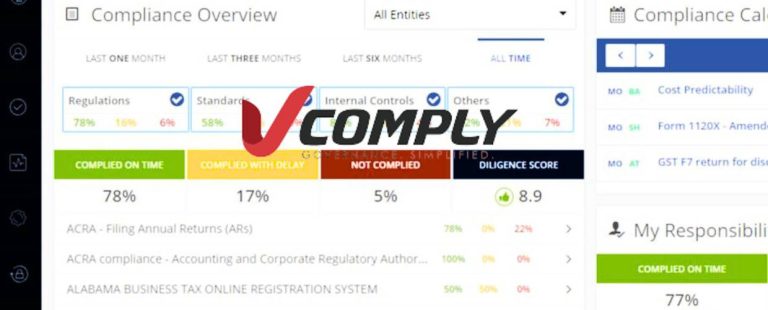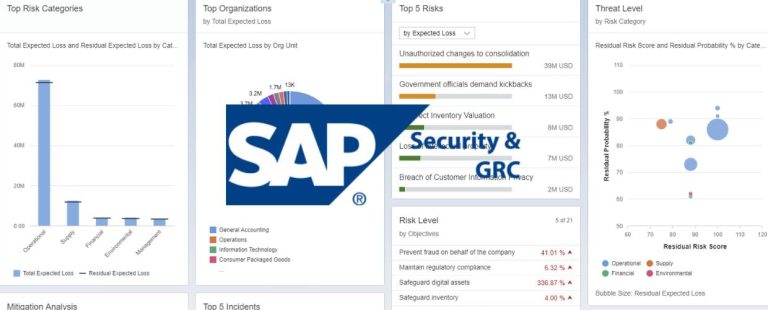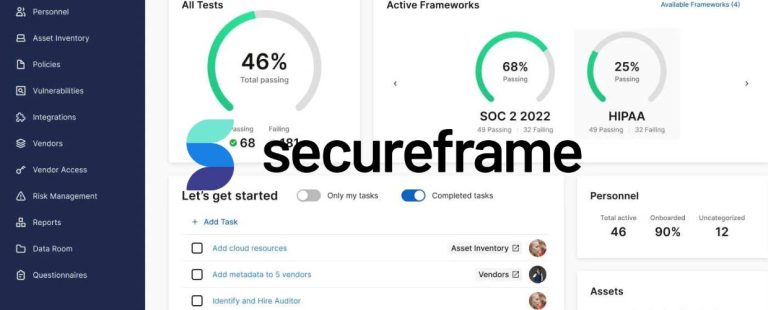In the business world, client relationships are the cornerstone of success. Establishing strong and meaningful connections with clients is vital for businesses to thrive in today’s competitive landscape. This article explores client relationships’ importance, key elements, challenges, and best practices for fostering long-term client partnerships.
Understanding Client Relationships
A client relationship is a dynamic and ongoing connection between a business and its clients. It encompasses the interactions, communications, and experiences shared throughout their collaboration. A successful client relationship is characterized by mutual trust, effective communication, shared objectives, and a commitment to delivering value. A positive client relationship goes beyond a mere transactional interaction and focuses on building confidence, understanding client needs, and providing exceptional value.
Importance of Client Relationships
Building strong client relationships is crucial for any business to thrive. It is not just about making a sale but about creating trust and loyalty between the company and the Client.
Trust and Loyalty
Building trust is fundamental to client relationships. When clients trust a business, they are likelier to remain loyal, provide repeat business, and recommend the company to others. Trust creates a solid foundation for long-term partnerships and enhances the business’s reputation.
Client Satisfaction
It lead to higher client satisfaction levels. By understanding clients’ needs, preferences, and challenges, businesses can effectively tailor their products or services to meet those requirements. Satisfied clients are likelier to become brand advocates and contribute to the business’s success.
Repeat Business and Revenue Growth
A positive client relationship increases the likelihood of repeat business and customer retention. Existing clients are a valuable source of revenue and can generate additional business through referrals and positive word-of-mouth. Nurturing it contributes to revenue growth and sustainability.
Key Elements of Successful Client Relationships
Successful client relationships are built on a foundation of trust, communication, and understanding. It’s important to listen to your clients, be responsive to their needs, and always follow through on your commitments.
Communication
Effective communication is the foundation of any successful relationship. Businesses should actively listen to their clients, respond promptly to inquiries or concerns, and keep clients informed about relevant updates or changes. Open and transparent communication builds trust and strengthens the bond between the business and the Client.
Understanding Client Needs
To build strong relationships, businesses must deeply understand their Client’s needs, goals, and challenges. Companies can tailor their solutions to meet specific client requirements and provide value-added services by actively listening, asking relevant questions, and conducting thorough research.
Proactive Approach
Successful client relationships require a proactive approach. Anticipating Client needs, identifying opportunities for improvement, and offering innovative solutions demonstrate a commitment to the Client’s success. Proactive businesses build trust and become trusted advisors to their clients.
Consistent Delivery of Value
Consistently delivering value is essential for maintaining strong client relationships. Businesses should strive to exceed client expectations by delivering high-quality products or services, meeting deadlines, providing exceptional customer service, and continuously improving their offerings.
Challenges in Client Relationships
Building and maintaining client relationships can present challenges. Some common challenges include.
Competition
In a competitive marketplace, businesses must differentiate themselves and demonstrate their unique value proposition to attract and retain clients. Standing out from competitors requires a deep understanding of the Client’s needs and providing customized solutions.
Changing Client Expectations
Client expectations evolve. To keep up with changing demands, businesses must stay informed about industry trends, emerging technologies, and evolving Client needs. Adapting to these changes ensures that the business remains relevant and can continue to meet client expectations.
Communication Barriers
Effective communication is crucial, but various barriers can hinder it. These barriers may include language barriers, cultural differences, or technological limitations. Overcoming communication challenges requires flexibility, cultural sensitivity, and appropriate communication channels.
Best Practices for Fostering Long-Term Client Relationships
One of the best practices for fostering long-term client relationships is to prioritize open and honest communication.
- Personalization: Tailor interactions and solutions to each Client’s needs, preferences, and goals. Personalization demonstrates a genuine interest in the Client’s success and fosters a deeper connection.
- Regular Communication: Maintain traditional and open lines of communication with clients. It includes providing progress updates, seeking feedback, and proactively addressing any concerns or issues that may arise.
- Value-Added Services: Look for opportunities to provide additional value beyond the core products or services. It may include educational resources, industry insights, or networking opportunities that benefit the Client and enhance the relationship.
- Relationship Building: Invest time and effort in building strong relationships with clients. It may involve face-to-face meetings, networking events, or social activities. Making personal connections fosters trust and strengthens the partnership.
- Continuous Improvement: Strive for constant improvement in all aspects of the business. Regularly seek client feedback, evaluate performance, and implement changes based on their input. Showing a commitment to improvement demonstrates a dedication to delivering exceptional value.
Conclusion
Client relationships are critical for businesses seeking long-term success. Companies can foster strong and mutually beneficial partnerships by prioritizing trust, effective communication, understanding client needs, and consistently delivering value. It increases client satisfaction, loyalty, repeat business, and positive word-of-mouth. Companies prioritizing client relationships in an increasingly competitive market are better positioned to thrive and achieve sustainable growth.










